Wi-Fi adapters are the cheapest way to upgrade to Wi-Fi 6.
If you’re like me, after buying a Wi-Fi 6 router, you probably think that from now on, all your Wi-Fi gadgets will “fly” or at least work faster than a Wi-Fi router.
Over the past few years, many network equipment manufacturers have been actively developing Wi-Fi 6 devices to take home Wi-Fi to the next level. The price of new technology continues to fall, which means that more people will have access to Wi-Fi 6.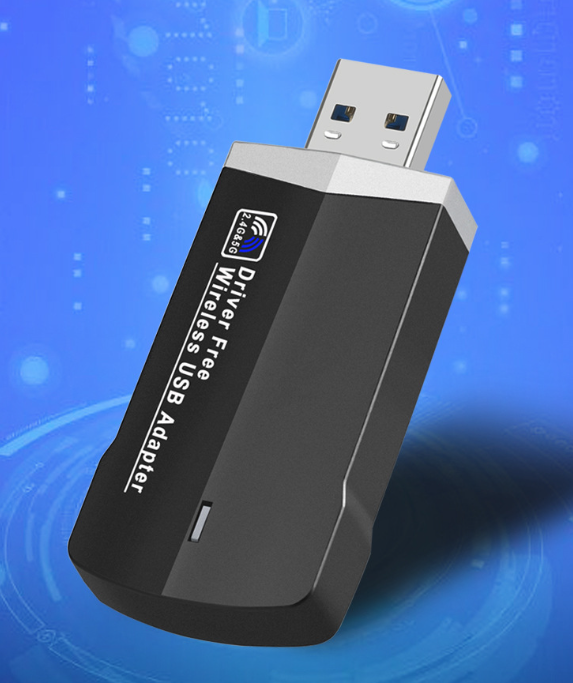
1300M Wi-Fi usb adapter
As mentioned in many articles, Wi-Fi 6 offers faster speeds, lower latency, and a more stable connection than 4th and 5th generation Wi-Fi, allowing you to fully immerse yourself in the game.
However, it’s easy to lose sight of the fact that Wi-Fi 6 only matures if both the router and the client device support it. Since the latest generation of Wi-Fi is less than two years old, most Wi-Fi adapters on the market don’t support it. Therefore, buying a Wi-Fi 6 router does not solve the problem of computer Wi-Fi connection speed.
Of course, it is strange to buy a new computer for this. So what are the options?
YOU CAN BUY A WI-FI 6 ADAPTER – THIS IS MUCH CHEAPER THAN BUYING A NEW COMPUTER THAT SUPPORTS WI-FI 6. Its advantages include:
1024-QAM modulation and 160 MHz channels allow the TP-Link TX3000E Wi-Fi 6 adapter to reach speeds up to three times faster than Wi-Fi 5.
OFDMA and MU-MIMO technologies guarantee the most efficient connection: MU-MIMO allows you to connect many devices at the same time, while OFDMA reduces latency by up to 75%, which is essential for winning online games.
The WPA3 Wi-Fi security protocol provides stronger Wi-Fi password encryption and protects the network from hackers.
Two high-performance omnidirectional antennas provide the highest quality signal reception.
In addition, the TP-Link TX3000E Wi-Fi 6 Bluetooth 5.0 PCI Express adapter supports Bluetooth 5.0, which is twice as fast and four times as wide as Bluetooth 4.2. Connect multiple Bluetooth devices (headsets, keyboards, game controllers, etc.) at once and enjoy a smooth experience of wireless network gaming.
For more information about the TP-Link TX3000E, visit the Devices page.
Regarding WiFi6, I will introduce it as follows
Keyword: WiFi 6
Web Title:
What is WiFi 6 (802.11ax)? What is the difference between WiFi 6 (802.11ax) and WiFi 5?
Meta Description:
WiFi 6 (Wi-Fi 6), also known as 802.11ax, is the latest generation of WiFi industry standards after WiFi 5 (802.11ac). WiFi 6 has improved performance by leaps and bounds, with 4x more bandwidth and concurrent users than Wi-Fi 5, and lower latency and more energy savings.
Synonyms: 802.11ax, Wi-Fi 6, wifi6.
WiFi 6 (Wi-Fi 6), also known as 802.11ax, is the latest generation of Wi-Fi industry standards after Wi-Fi 5 (802.11ac). Prior to the release of Wi-Fi 6, Wi-Fi standards were identified by version numbers from 802.11b to 802.11ac.
As the Wi-Fi standard evolves, the Wi-Fi Alliance has chosen to rename Wi-Fi with a numeric serial number in order to make it easier for Wi-Fi users and device manufacturers to understand the Wi-Fi standard.
Wi-Fi adapter
The Wi-Fi 6 standard introduces new technologies such as OFDMA, up/downlink MU-MIMO, BSS Coloring, TWT, etc., and the performance has been improved by leaps and bounds, and the bandwidth and number of concurrent users have been increased by 4 times compared with Wi-Fi 5, and the latency is lower and more energy-efficient.
Wi-Fi 6 vs Wi-Fi 5
Wi-Fi 6, as the successor to Wi-Fi 5, is not only reflected in the speed improvement, but also in the improvement of user performance in high-density scenarios.
Large bandwidth
In the past, every generation of Wi-Fi standards has been focused on increasing speeds. After more than 20 years of development, Wi-Fi 6 has reached a theoretical maximum rate of 9.6Gbps at 160MHz channel width, nearly 900 times that of 802.11b.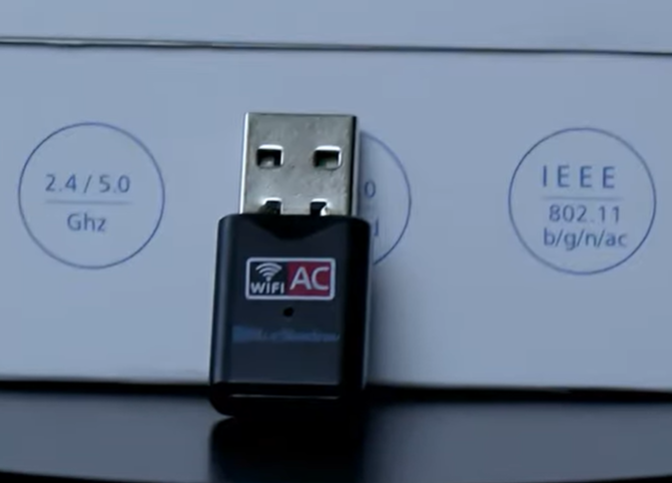
AC Wi-Fi adapter
In addition to the higher-order 1024-QAM encoding method, the increase in Wi-Fi 6 speed is also due to the increase in the number of subcarriers, the number of spatial streams, and the increase in symbol transmission time (single terminal per terminal) from 3.2μs to 12.8μs in Wi-Fi 5 compared to Wi-Fi 5.
High concurrency
Wi-Fi 6 introduces multi-user technologies such as OFDMA and upstream MU-MIMO, which further improves spectrum utilization, making Wi-Fi 6 4 times more concurrent users than Wi-Fi 5.
Low latency
In low-latency scenarios, such as VR/AR-interactive operation simulation, panoramic live broadcast, interactive games, immersive conferences, high-definition wireless screen projection, etc., the 30ms delay of Wi-Fi 5 can no longer meet the requirements, while Wi-Fi 6 effectively reduces conflicts and improves spectrum utilization through OFDMA, and BSS Coloring, a spatial multiplexing technology, reduces the co-channel interference, reducing the delay to 20ms.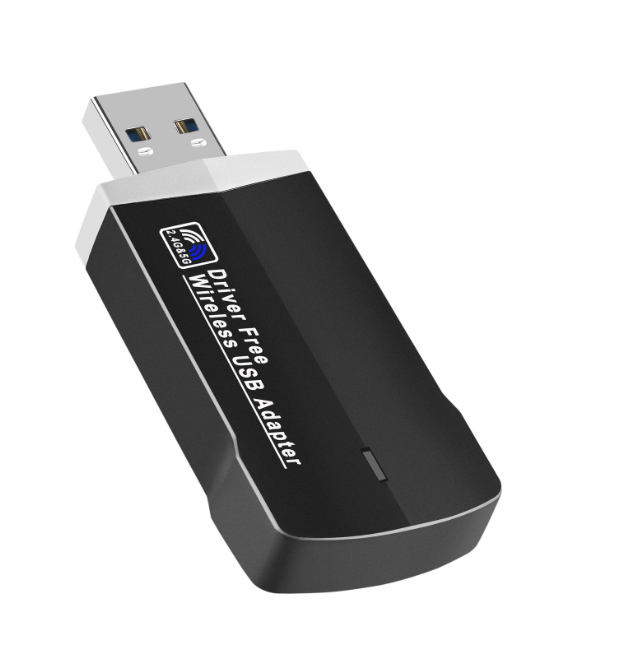
USB Wi-Fi adapter price
energy conservation
With the widespread use of IoT devices, in addition to improving terminal speed, Wi-Fi 6 pays more attention to the power consumption of terminals.
Wi-Fi 6 adopts TWT technology to wake up the terminal Wi-Fi on demand, and the 20MHz-Only technology can further reduce the power consumption of the terminal.
Wi-Fi 6 devices
Huawei released its first Wi-Fi 6 AP in October 2017. Subsequently, Huawei launched a full range of full-scenario AirEngine Wi-Fi 6 products, which can meet the needs of enterprises, education, finance, healthcare, government, manufacturing, commerce, and venues to build digital, wireless, and IoT office and production workspaces.




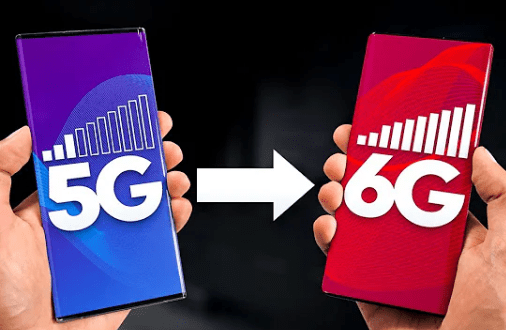





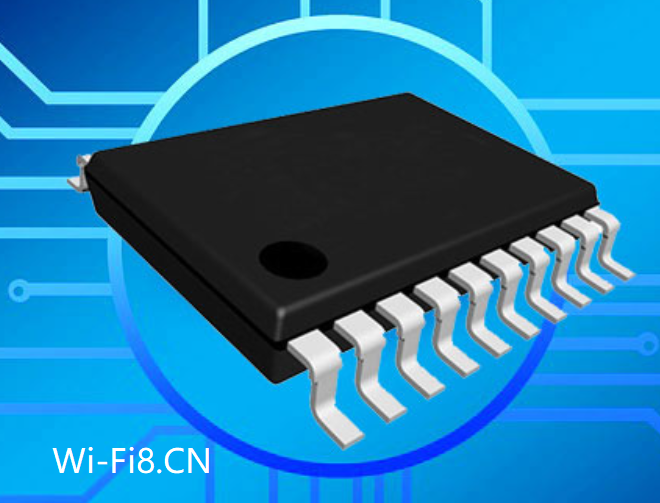


Not only AX200, Wi-Fi 6 network card inventory
It has been more than a year since the release of Intel AX200, and various manufacturers have followed up with Wi-Fi 6 network cards, so make a summary inventory.
AX200
The basic parameters of AX200 are to support 802.11 a/b/d/e/g/h/i/k/n/r/u/v/w/ac/ax protocol, support Bluetooth 5.1, compatible with FIPS, FISMA. 2R2T M, supports MU-MIMO. At 1024QAM+160Hz, 2.4g up to 574Mbps (71.75MB/s), 5g up to 2400Mbps (300MB/s). WIFI takes PCIe channel, Bluetooth takes USB 2.0 channel.
Fenvi Fv-AX200
Fenvi’s mini PCI-e interface AX wireless card is modified from the Intel AX200D2WL plus adapter board of M.2 1216 specification. The antenna interface has been transferred and converted from IPEX 4 to IPEX 1 interface, which is more convenient for old machines to use. The case has a shielding cover and good workmanship.
ASTUS SPECIFICALLY FOR THE TUF GAMING AX3000 (RT-AX58U) ROUTER AX PROTOCOL WIRELESS CARD, PCI-E 3.0 x1 INTERFACE, WITH A THICK BLACK HEATSINK. According to the disassembly, it is essentially the Intel AX200NGW plus relay version. Compared with the general PCI-E interface of Intel AX200NGW network card, the gap is in the antenna and driver. The price is $145, Haitao will be cheaper, and whether it is worth it really depends on faith.